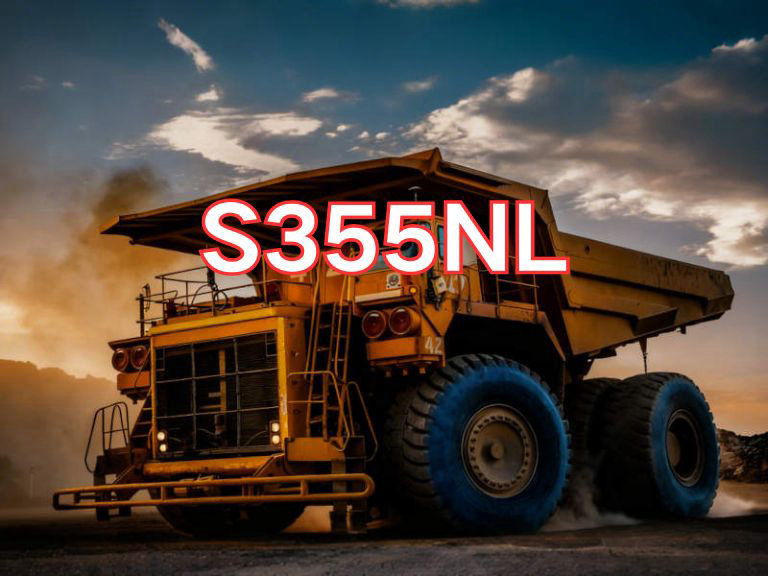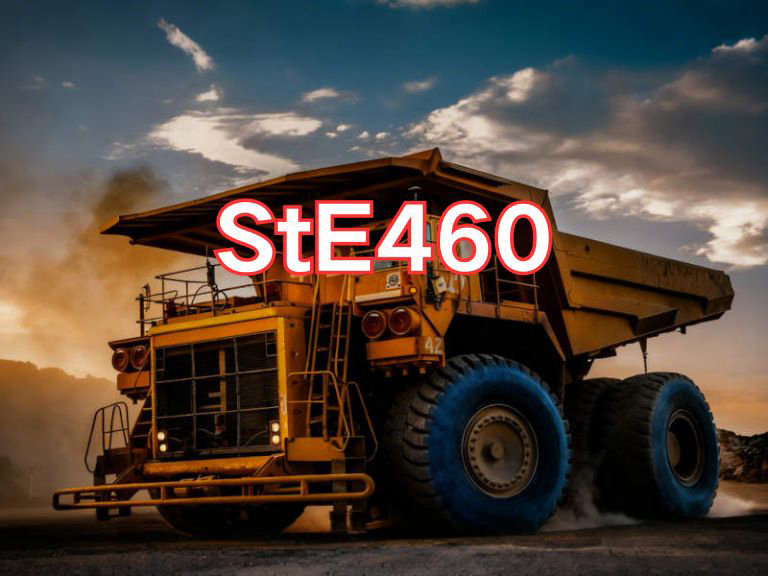

SM490B
SM490B is a high-strength hot-rolled structural steel plate, designated according to the Japanese Industrial Standards (JIS). In the grade name, "S" stands for "Steel," and "M" stands for "Mechanical structure use," so "SM" collectively refers to steel used in mechanical and building structures. "490" indicates the specified minimum yield strength of 490 MPa, placing it in the category of high-strength structural steels with high load-bearing capacity. The suffix "B" denotes the quality level, meaning the steel must meet specified Charpy V-notch impact energy requirements at a test temperature of 0°C, demonstrating good low-temperature toughness and suitability for welded structures with moderate toughness demands.
SM490B steel plate is widely used in buildings and engineering structures that require high strength and good weldability. Typical applications include beam and column frames in high-rise buildings, main girders and joints in long-span bridges, industrial plant structures, towers, cranes, construction machinery, ship structures, and various heavy-duty platforms and supports. With a yield strength significantly higher than that of ordinary carbon steels (such as SS400), SM490B allows for reduced structural weight, lower material consumption, and optimized cross-sectional dimensions while ensuring structural safety, thereby improving structural efficiency and economic performance. It is particularly suitable for load-bearing components subjected to significant static and dynamic loads and is one of the key materials in modern structural steel engineering.
The main characteristics of this grade lie in the balanced combination of high strength and overall performance. Through optimized chemical composition and controlled hot-rolling processes, SM490B achieves high yield strength while maintaining excellent ductility, toughness, and weldability. Its carbon equivalent (CE) is moderately controlled, resulting in low susceptibility to welding cracks. It can typically be welded without preheating or with only minimal preheating, facilitating on-site construction. Additionally, the steel offers good cold-bending formability, resistance to lamellar tearing (Z-direction properties), and atmospheric corrosion resistance, which can be specially ordered based on customer requirements.
Currently, SM490B plates are manufactured and supplied in accordance with the Japanese Industrial Standard JIS G 3106:2019 "Rolled steels for welded structure." Published by the Japanese Standards Association (JSA), the latest 2019 edition supersedes the previous JIS G 3106:2008. The standard specifies detailed requirements for chemical composition, mechanical properties (including yield strength, tensile strength, and elongation), impact toughness, dimensional tolerances, and test methods. It serves as a key technical reference for structural design, fabrication, and inspection in Japan and some parts of Asia. With its reliable performance and widespread use, SM490B holds an important position in the fields of construction and infrastructure.

Ultrasonic Testing (UT)
A key non-destructive testing technique that uses high-frequency sound waves to detect internal flaws in steel plates. The probe emits sound waves, which reflect when encountering defects such as cracks or inclusions. The receiver captures the echoes, enabling precise determination of defect location and size. With high sensitivity, strong penetration, and fast inspection speed, UT effectively ensures internal quality, widely used in the production of heavy plates, pressure vessel plates, and other high-end products to guarantee safety and reliability.

Magnetic Particle Testing (MT)
A common surface inspection method that magnetizes the workpiece, causing leakage magnetic fields at surface or near-surface defects like cracks or inclusions, which attract magnetic particles to form visible indications. Simple to operate and highly sensitive, MT is suitable for rapid inspection of surface and near-surface flaws in ferromagnetic materials, widely used for online or offline inspection of plate edges, ends, and welds, ensuring product quality and safety.

Penetrant Testing (PT)
A non-destructive method for detecting surface-breaking flaws. A penetrant liquid is applied to the cleaned steel surface, allowing it to seep into defects such as cracks or pores. After removing excess penetrant, a developer is applied, causing the trapped penetrant to bleed out and form visible indications. Simple and cost-effective, PT is suitable for inspecting surface defects in various non-porous materials, commonly used for welds, castings, and complex components, effectively ensuring surface quality of steel plates.












